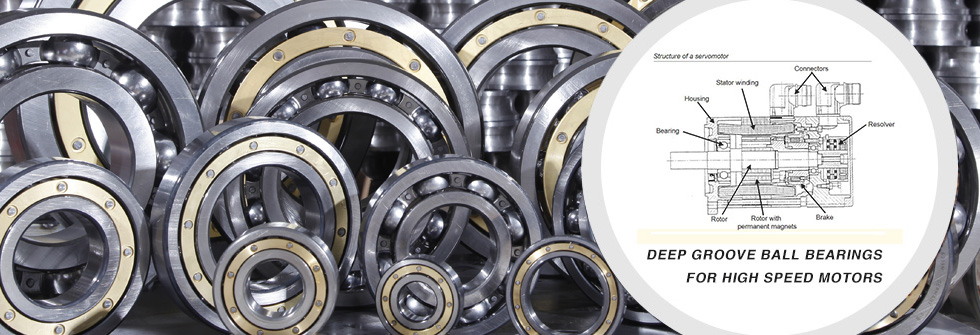Measurement goals for bearing current identification
2016-06-14The method you use to reduce or eliminate damaging bearing currents depends on which path is dominant in a particular application. Some voltage and current measurements, along with careful measurement techniques, can help you identify the sources of bearing current flow and, in some cases, the path of this flow.
However, measuring bearing currents can present significant challenges. Most of the difficulty stems from the fact that you can't practically place a transducer in the part of the bearing where the current actually flows. Furthermore, the current flow can be a brief impulse, similar to the discharge of a capacitor. As such, you'll have to rely on methods that will provide insight into symptoms of potential bearing current problems.
A key goal of any measurement is to segregate any bearing currents by identification of the type and source. Basically, each type of bearing current has its own measurement and interpretation. To check for “discharge-type” bearing currents, you can measure shaft-to-ground voltage by taking a voltage measurement across the motor bearings.
You can measure ground potential equalization currents by taking a current measurement in the motor shaft extension.
Finally, you can make a secondary check for ground currents by measuring the common mode current that enters the motor on the power leads while at the same time observing the motor ground conductor currents.
Linqing Nine Star Bearing Science & Technology Co., Ltd
( Insulated bearing, Hybrid ceramic bearing and Brass cage DGBB)
Follow us via E-mail info@jxkjzc.com; Website www.ninestarbearing.com











